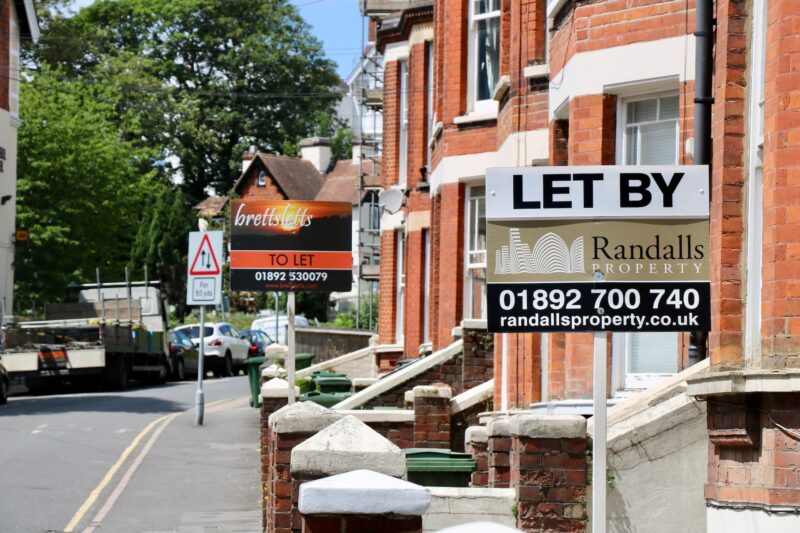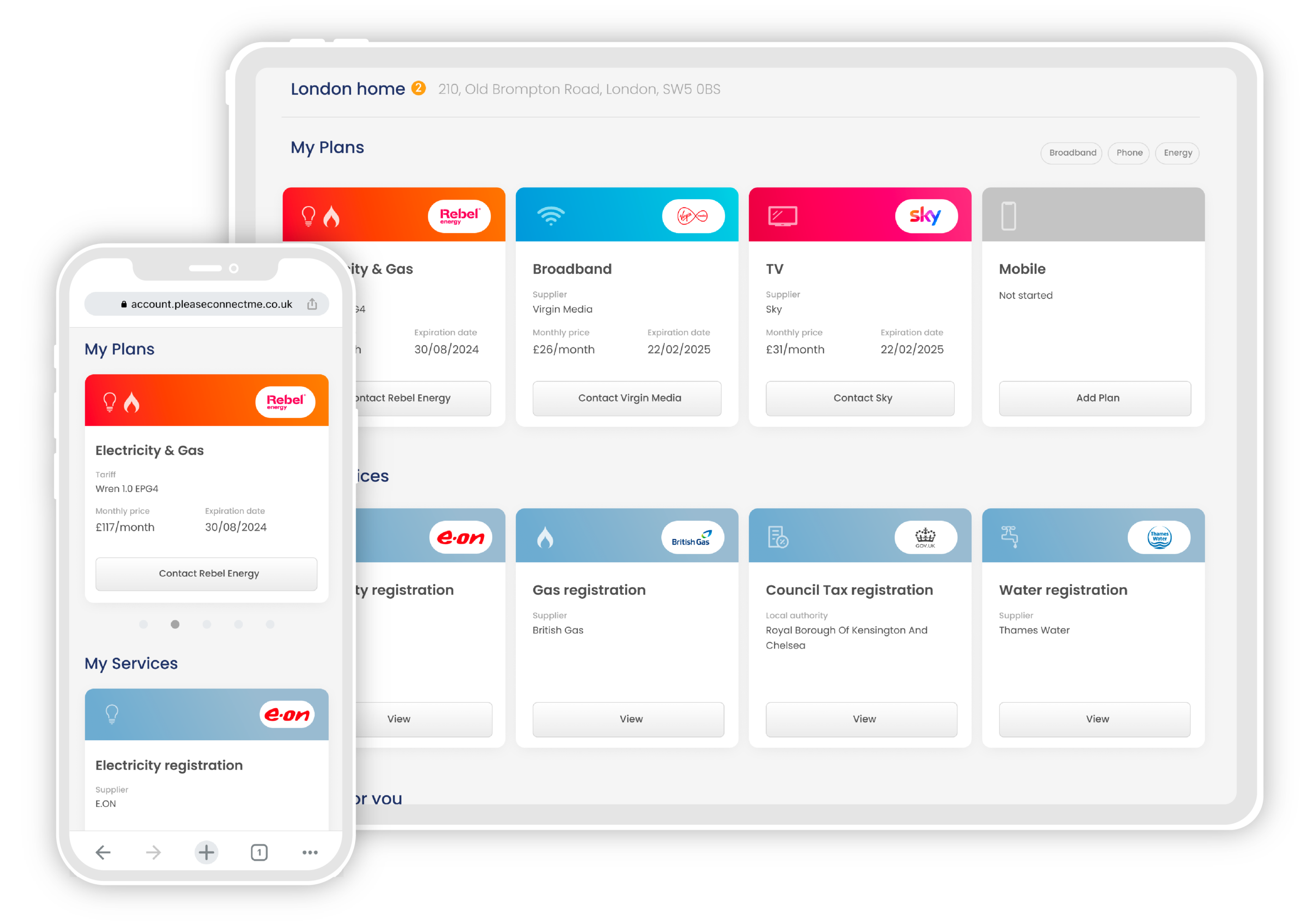Rental demand in the UK has risen so sharply that properties now receive three times as many viewing requests as in 2019.
The lack of available rental housing has continued to drive up prices, but that has done little to dampen the number of potential tenants currently searching. In the resulting frantic market, properties in the most in-demand areas are receiving an average of 30 enquiries.
Where is rental demand highest?
Demand is highest in the North West of England, where the average rental property receives 30 requests for viewing. This is up from just 7 enquiries on average in 2019.
Other areas are Scotland, which has just extended its cap on rent increases, the South West and the West Midlands.
Even the areas with comparatively fewest enquiries per property saw a sharp increase in the last four years. Average enquiries per property tripled in London from 5 to 15, and increased close to six times in the North East from 3 to 17.
Across Britain, rental properties in 2023 have averaged 20 enquiries from interested potential tenants.
Who is most affected by high rental demand?
With so many applicants for each property, tenants who are perceived by landlords as a liability are less likely to be considered for properties.
For example, despite a ban on discriminating against tenants based on whether they are in receipt of state benefits, the practice continues. With so many applicants for each property, landlords are free to choose tenants based on their own criteria, with other applicants pushed to the bottom of the list over and over again.
In a similar position are parents. It remains legal for landlords to operate a blanket no-children policy at their property, leaving parents competing for an even more limited pool of available homes.
What is driving the increased demand?
Limited housing stock has long been a problem for the UK rental market, with industry professionals naming it as their biggest concern for 2023 in our State of the Market report this year.
One particular driving factor of the current market is the effect of historically high interest rates and inflation. High interest rates strike a triple blow against affordable housing, particularly for renters.
With mortgage borrowing currently prohibitively expensive many potential first-time buyers are being forced to remain in rented properties for longer.
At the same time, previous homeowners who have been forced to sell after mortgage payments rose beyond affordability are re-entering the rental market and looking for housing.
Thirdly, landlords, and especially those who purchased buy-to-let properties with mortgages, are now finding the returns on their portfolios are no longer enough to justify their investments and leaving the private rental market.
Some of these properties are being listed for sale, although they are likely to be priced out of reach for most tenants. Other landlords are shifting to the short-term rental market, including holiday lets and Air BnB. Not only are these lets potentially more profitable, they also will not be affected by the ban on fixed-term tenancies proposed as part of the Renters Reform Bill.













